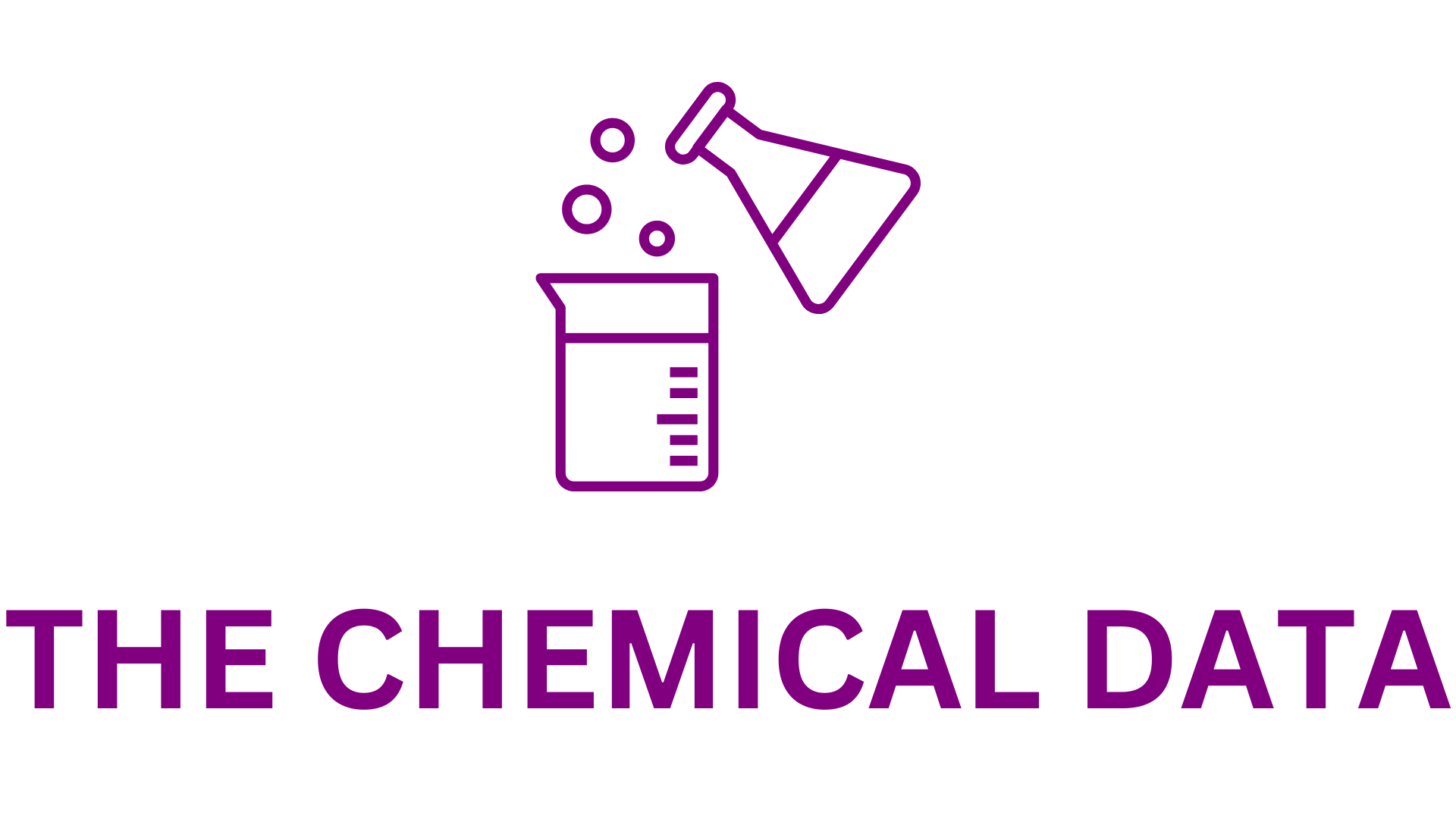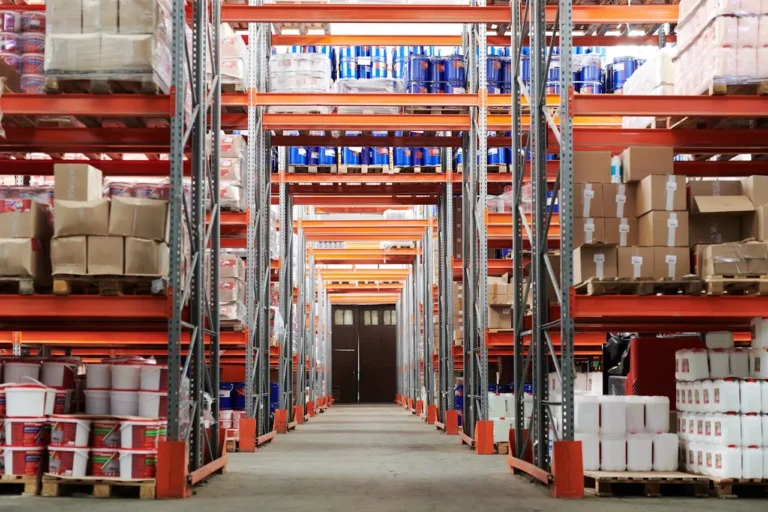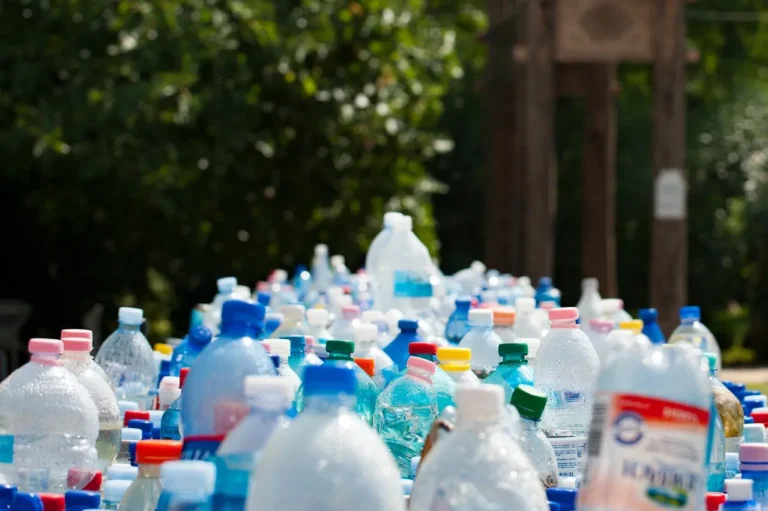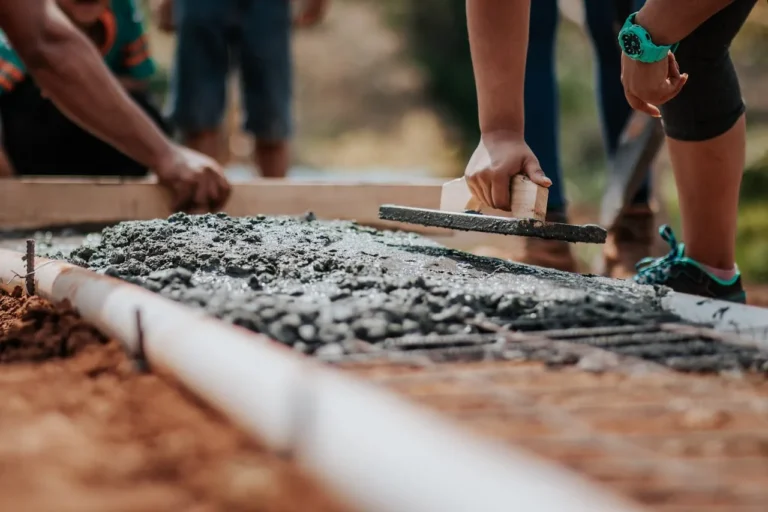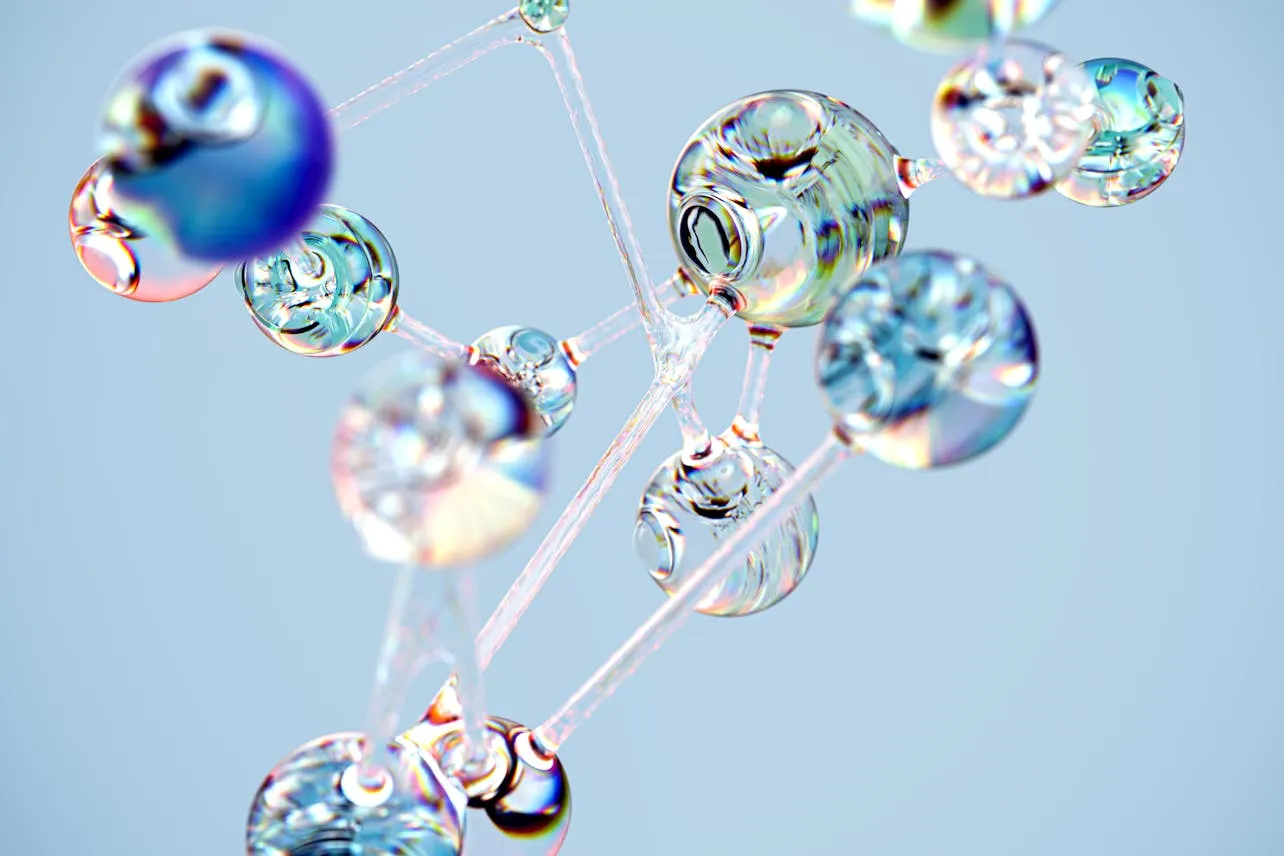
Asahi Kasei Expands Manufacturing Capacity for Clean Hydrogen System Components at Kawasaki Works
Asahi Kasei, a global leader in materials science and sustainable technology, has announced the official approval of new manufacturing facilities at its Kawasaki Works site in Japan. These facilities will focus on producing advanced electrolysis system components, including electrolysis cell frames and membranes, for both alkaline water electrolysis and chlor-alkali electrolysis systems.
The expansion represents a major step in Asahi Kasei’s strategic commitment to accelerating the transition toward a clean hydrogen economy. With hydrogen expected to play a pivotal role in achieving global carbon neutrality, demand for high-performance, large-scale water electrolysis systems is rising rapidly. Asahi Kasei aims to leverage its technological expertise and manufacturing capabilities to meet this growing demand while strengthening its position as a key enabler of Japan’s green transformation.
Driving the Hydrogen Transition
Hydrogen has emerged as a cornerstone of decarbonization strategies across industries, from heavy manufacturing and energy storage to transportation and chemicals. Among various production methods, alkaline water electrolysis (AWE) has gained prominence for its efficiency, scalability, and cost-effectiveness in producing hydrogen from renewable electricity sources.
Recognizing this opportunity, Asahi Kasei has decided to expand its production capacity to supply critical components used in both AWE systems and ion-exchange membrane chlor-alkali electrolysis systems, which are essential for producing chlorine and caustic soda—key industrial materials with a wide range of applications.
The new facilities at Kawasaki Works will serve as a hub for manufacturing electrolysis cell frames and ion-exchange membranes, integrating cutting-edge technology with decades of materials and engineering expertise. This expansion not only ensures a stable supply of essential components for the hydrogen and chlor-alkali industries but also strengthens Asahi Kasei’s vertical integration across its materials value chain.
Through strategic allocation of resources, Asahi Kasei expects its hydrogen-related business to become a major growth engine within its Material sector in the coming years.
Project Overview and Government Collaboration
The expansion project, officially launched on December 18, 2024, has been selected for financial support under Japan’s Ministry of Economy, Trade, and Industry (METI) initiative — the “GX Supply Chain Development Program.” This program aims to enhance Japan’s green transformation (“GX”) by supporting domestic manufacturing capabilities essential for building resilient, low-carbon industrial supply chains.
The METI-backed program emphasizes three key goals: promoting innovation in clean energy technologies, accelerating domestic production of critical components, and fostering international competitiveness in emerging green industries. Asahi Kasei’s participation reflects the Japanese government’s recognition of the company’s leadership in electrolysis technology and its ability to contribute meaningfully to Japan’s decarbonization roadmap.
Once operational, the new facilities will enable Asahi Kasei to significantly increase its production capacity, allowing it to serve both domestic and global markets more effectively. This development positions the company as a core player in Japan’s expanding hydrogen economy and supports global efforts to decouple industrial growth from carbon emissions.
Integration of Expertise in Electrolysis Technologies
At the heart of Asahi Kasei’s expansion is the synergy between its alkaline water electrolysis and chlor-alkali electrolysis technologies. The company has long been a pioneer in chlor-alkali electrolysis — a process used to produce chlorine, caustic soda, and hydrogen from brine using ion-exchange membranes. This deep technical foundation has been instrumental in advancing new-generation alkaline water electrolyzers designed for clean hydrogen production.
By integrating these two technological pillars within the Kawasaki Works site, Asahi Kasei is building a comprehensive manufacturing ecosystem capable of addressing both traditional chemical markets and emerging energy applications. This dual focus allows the company to maximize operational efficiency, streamline supply chains, and develop new innovations through cross-disciplinary collaboration.

“These new facilities integrate our long-standing expertise in chlor-alkali electrolysis with our growing capabilities in alkaline water electrolysis,” said Kenji Takeda, Executive Officer of Asahi Kasei, responsible for Ion-Exchange Membranes, Microza & Water Processing, and Green Solution Project Business Development. “This enables us to respond robustly and flexibly to both the clean hydrogen and basic chemical markets. We will continue to maximize efficiencies between these key businesses, striving to become a core player in the GX supply chain through stable supply, technological innovation, and long-term strategic growth.”
Strategic Positioning Under the Medium-Term Management Plan
As part of its medium-term management plan, Asahi Kasei has categorized its alkaline water electrolysis and chlor-alkali electrolysis businesses under the “Growth Potential” segment — highlighting their importance as future revenue drivers. This strategic prioritization reflects the company’s intent to align its Material sector portfolio with high-growth markets linked to energy transition and sustainability.
The new facilities mark a tangible step in executing this strategy, supporting Asahi Kasei’s broader objective of transforming its Materials division into a more agile, innovation-driven, and environmentally responsible business. The company’s investments are directed toward areas that not only promise economic return but also address global environmental challenges, such as decarbonization, resource efficiency, and circularity.
Revitalizing Kawasaki Works as a Strategic Hub
The Kawasaki Works site, located in Kanagawa Prefecture, holds historical significance for Asahi Kasei’s operations. Over the years, it has served as a base for several key chemical production lines. In May 2025, the company announced the discontinuation of certain legacy businesses, including MMA (methyl methacrylate), CHMA (cyclohexyl methacrylate), PMMA resin, and SB latex production, at this location.
The decision was part of Asahi Kasei’s initiative to streamline its portfolio and focus on emerging areas with greater long-term growth potential. Moving forward, Kawasaki Works will play a central role in managing Asahi Kasei’s “Energy & Infrastructure” businesses, which encompass technologies related to hydrogen, ion-exchange membranes, and water treatment systems.
An aerial view of the Kawasaki Works reveals ongoing transformation — where older facilities are being repurposed and new, high-tech production units are being established. The site is evolving into a symbol of Asahi Kasei’s forward-looking manufacturing philosophy, where innovation, sustainability, and efficiency converge.
Contributing to a Sustainable Global Supply Chain
With the expansion of its electrolysis component manufacturing, Asahi Kasei is contributing not only to Japan’s clean energy transition but also to the global hydrogen supply chain. The company’s alkaline water electrolyzers are designed to meet international standards for large-scale hydrogen production facilities, supporting projects aimed at producing green hydrogen from renewable energy sources such as wind and solar.
By enhancing domestic manufacturing capacity, Asahi Kasei also mitigates potential supply chain risks associated with overseas procurement. This local production model ensures stability, reduces logistical emissions, and supports Japan’s goal of achieving a resilient, self-sufficient green industry base.
Furthermore, the integration of membrane production within the new facilities underscores Asahi Kasei’s commitment to vertical integration — enabling full control over quality, performance, and innovation across its electrolysis value chain. This comprehensive approach ensures that the company remains competitive in both mature chemical markets and emerging hydrogen technologies.
Looking Ahead: A Catalyst for the Green Transformation
As the world accelerates efforts toward net-zero emissions, hydrogen is increasingly recognized as a cornerstone of the global energy mix. Japan, in particular, has set ambitious goals to become a leading hydrogen economy, with large-scale deployment expected in power generation, transportation, and industrial applications by the 2030s.
Asahi Kasei’s investment at Kawasaki Works directly supports these national and global ambitions. By expanding its capacity to produce critical components for clean hydrogen systems, the company is not only reinforcing its leadership in electrolysis technology but also contributing to the realization of a sustainable, low-carbon future.
“Through our expertise in materials science and electrochemical processes, we aim to deliver solutions that enable society’s transition to clean energy,” said Takeda. “This expansion strengthens our foundation to serve as a bridge between traditional chemical production and the emerging hydrogen economy.”
The new manufacturing facilities at Kawasaki Works represent far more than an infrastructure investment for Asahi Kasei — they symbolize the company’s transformation and long-term vision for sustainable growth. By combining decades of experience in chlor-alkali electrolysis with cutting-edge hydrogen technology, Asahi Kasei is positioning itself at the forefront of the global green transformation (GX) movement.
As demand for clean hydrogen accelerates worldwide, Asahi Kasei’s integrated approach — spanning research, materials, and systems — will continue to play a pivotal role in shaping the next generation of clean energy solutions.
